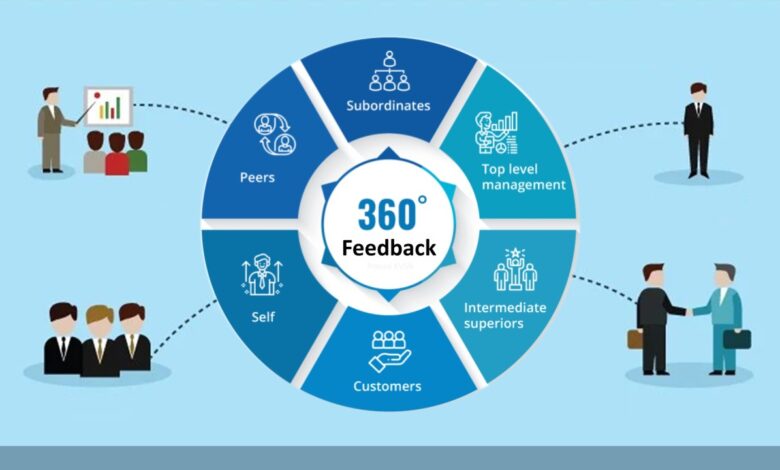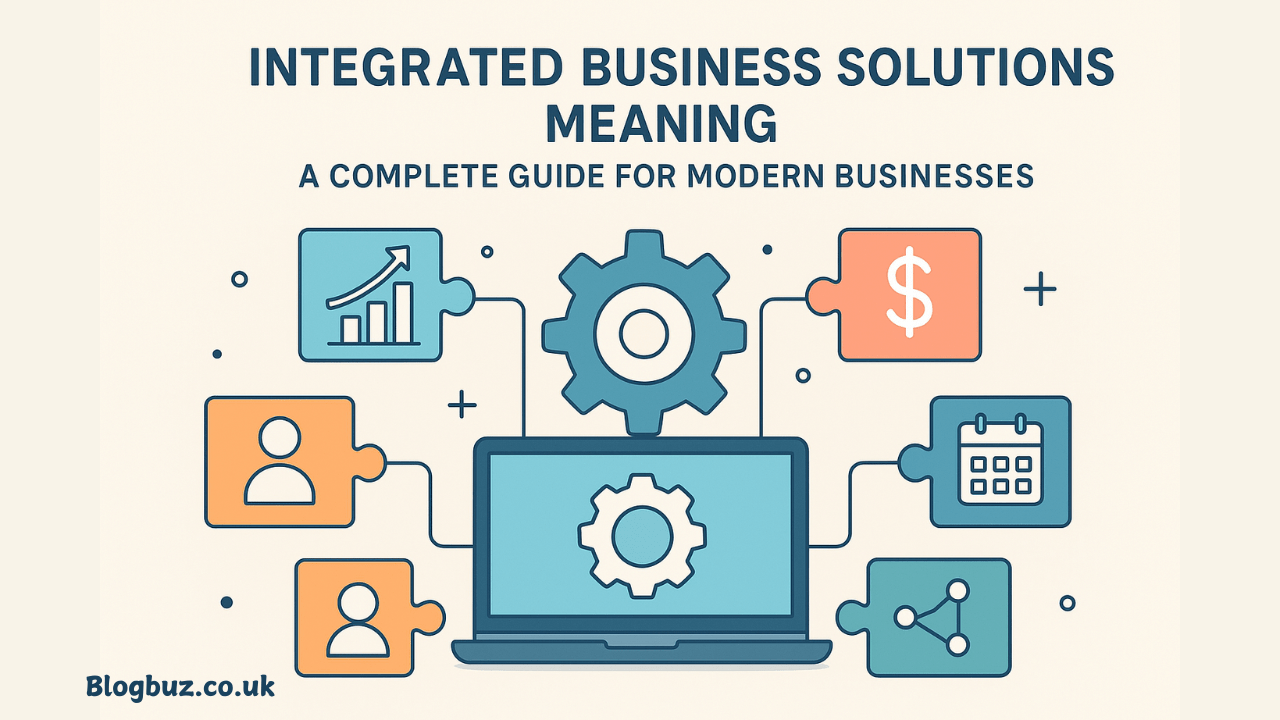The Power of 360-Degree Feedback in Modern Performance Management

In today’s fast-paced business environment, organizations are under increasing pressure to maximize employee performance, improve leadership effectiveness, and create a culture of continuous improvement. Traditional performance reviews, once seen as the gold standard, are now being challenged by more dynamic and comprehensive methods. One of the most impactful tools leading this transformation is the 360-degree feedback system.
Unlike conventional evaluations that typically involve feedback from only a manager, 360-degree feedback collects insights from multiple sources—supervisors, peers, subordinates, and sometimes even clients. This holistic approach provides a richer, more accurate picture of an individual’s strengths, weaknesses, and potential for growth.
Why 360-Degree Feedback Matters
The effectiveness of a feedback system depends on its ability to present actionable insights. A single viewpoint may overlook critical aspects of performance, while multiple perspectives paint a clearer picture. By incorporating feedback from a wide range of colleagues, organizations gain a more balanced understanding of how employees are perceived and how they contribute to team success.
Furthermore, employees often feel more engaged and valued when their performance is assessed by a variety of voices. This reduces bias and fosters a stronger sense of accountability. As companies place greater emphasis on collaboration and team-based results, feedback that reflects diverse interactions becomes essential.
From Evaluation to Development
One of the biggest advantages of 360-degree feedback is its focus on personal and professional development rather than simple evaluation. Instead of being viewed as a one-time performance check, it becomes an ongoing resource for growth. Employees can see where they excel, identify blind spots, and create targeted development plans.
For leaders, this type of feedback is particularly powerful. Managers and executives often operate in environments where direct feedback is limited, making it difficult to recognize gaps in leadership style. By leveraging a comprehensive review process, leaders gain insights into how their behavior impacts others, which is crucial for driving organizational success.
The Role of Technology in Feedback Systems
Technology has revolutionized the way feedback is gathered and analyzed. Modern platforms simplify the process by automating surveys, collecting data, and generating detailed reports. These platforms make it easier for organizations to identify trends, measure progress, and customize feedback for different roles.
A well-designed AlignMark 360 review platform can ensure accuracy, streamline the review process, and provide user-friendly reporting that benefits both employees and HR teams. The use of technology minimizes administrative burden and maximizes the impact of the feedback system by turning raw data into actionable insights.
Building a Culture of Continuous Improvement
Implementing 360-degree feedback is not just about introducing a new tool; it’s about creating a cultural shift. When feedback becomes a regular part of the organizational DNA, employees are encouraged to embrace growth opportunities rather than fear evaluation.
This type of system helps companies move away from once-a-year performance reviews toward a model of continuous feedback and development. Regular input from colleagues fosters collaboration, promotes transparency, and strengthens trust within teams. Over time, this leads to higher engagement, reduced turnover, and improved overall performance.
Best Practices for Implementing 360 Feedback
To make the most of a 360-degree feedback program, organizations should follow some best practices:
- Clarify objectives – Define whether the goal is leadership development, employee engagement, or succession planning.
- Ensure confidentiality – Protecting the anonymity of reviewers encourages honest and constructive input.
- Provide training – Both employees and managers should understand how to give and interpret feedback effectively.
- Act on results – The process is only valuable if it leads to tangible development actions and support.
- Integrate with talent strategy – Align the feedback system with broader goals such as performance management, promotions, and training initiatives.
Looking Ahead
As the workplace evolves, so too must the methods for assessing and developing talent. The days of one-dimensional reviews are behind us, replaced by systems that reflect the complex, interconnected nature of modern organizations.
360-degree feedback empowers employees with insights that drive growth while giving leaders the tools they need to guide teams more effectively. By adopting innovative platforms, businesses can transform performance management from a task-driven process into a meaningful strategy for long-term success.




